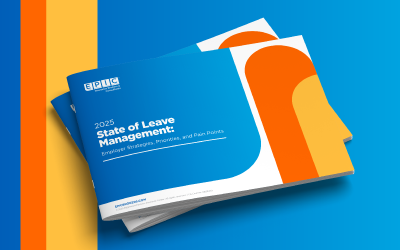Americans are getting frustrated with the high cost of healthcare and the private sector isn’t reducing costs quickly enough. This week, Senators Michael Bennet (Democrat, CO) and Tim Kaine (Democrat, VA) introduced their version of a public option, which would permit Americans to buy into a Medicare-like option of health insurance. The public option has been advocated by President Biden in his plan for reducing healthcare costs. One of the abuses that this would solve is the excessive charges from hospital systems, which would be reimbursed pursuant to the government-established payment rate.
Viewpoints from Craig Hasday
A November 2020 white paper issued by National Nurses United (NNU) reported that U.S. hospitals charged $417 for every $100 in costs they incurred in 2018.
This up from a $200 charge per every $100 in costs in 1999. Hospital charges in 2018 were 32.7% of the national medical spend and represented almost 6% of Gross Domestic Product (GDP). Further, the study indicates that for-profit hospitals, which owned or operated 95 of the 100 highest-charging hospitals, were the biggest offender and that almost two-thirds of the 100 lowest-cost hospitals (all ranked by charge-to-cost ratio) were owned by government agencies.
CBS’s 60 Minutes reported in December on a lawsuit by the California state attorney general alleging that the Northern California hospital system, Sutter Health, monopolizes services and reaps enormous profits.
Based upon a proposed $575 million settlement, Sutter will be prohibited from demanding all-or-nothing contracts – where if a health plan wants one Sutter Hospital they must take all 24 in their network. Sutter has allegedly used their profits to buy additional hospitals, provider groups and other healthcare providers, contributing in part to the costs of care. These costs are 70% higher in Northern California when compared to Southern California – and maternity costs in Sacramento are two times the cost of similar care in New York City and greater than costs anywhere else in the United States.
Every part of the healthcare system plays a role in rising costs. It’s not just the insurance carriers.
See materials from our recent webinar series | What Employers Need to Know About COVID-19 Vaccinations: Part One & Part Two
Check out more of our EPIC Resources:
Visit the EPIC coronavirus update center for COVID-19 information
Sign up for EPIC Newsletters in one convenient location
See results from our In It Together pulse surveys on our COVID-19 strategic collaboration and idea-sharing forum
EPIC offers these opinions for general information only. EPIC does not intend this material to be, nor may any person receiving this information construe or rely on this material as, tax or legal advice. The matters addressed in this article and any related discussions or correspondence should be reviewed and discussed with legal counsel prior to acting or relying on these materials.
Related Content
Products
Employee Benefits Consulting
Our dedicated benefits team is focused on delivering better outcomes – to both your benefits program and ...
Products
Actuarial
Our Actuarial Team provides guidance on employee benefits and health and welfare programs to help meet ...
Products
Communications & Engagement
Our Communications & Engagement team develops effective campaigns that enhance workforce awareness and ...



